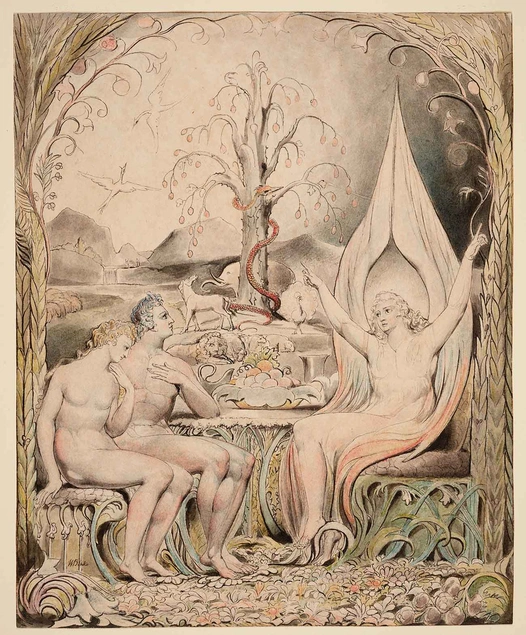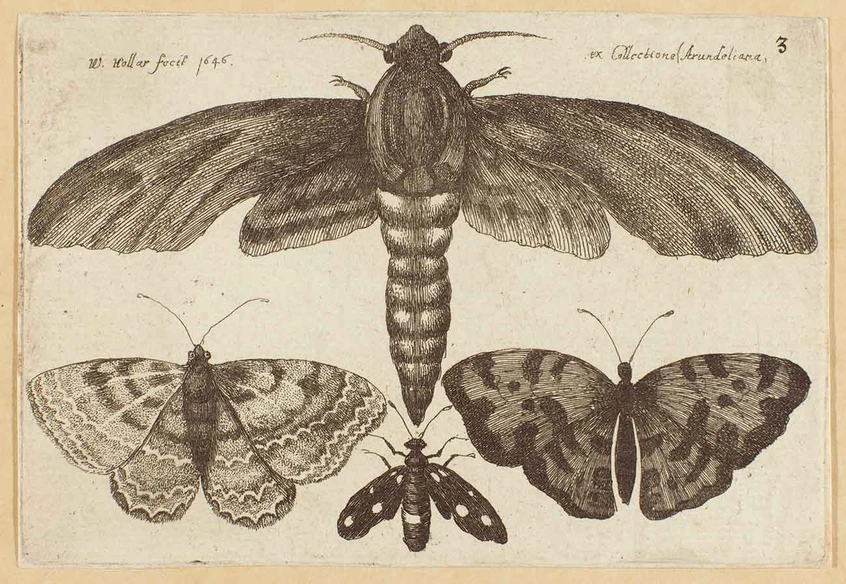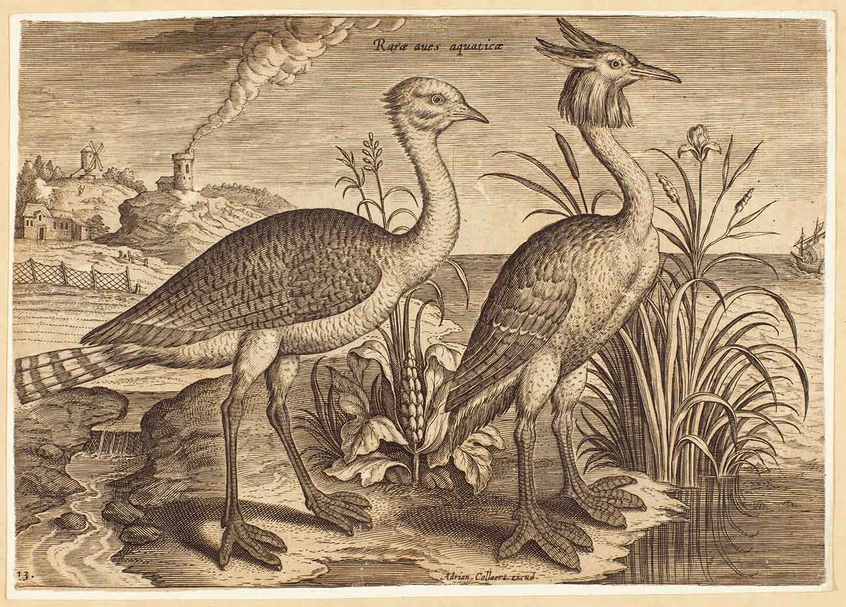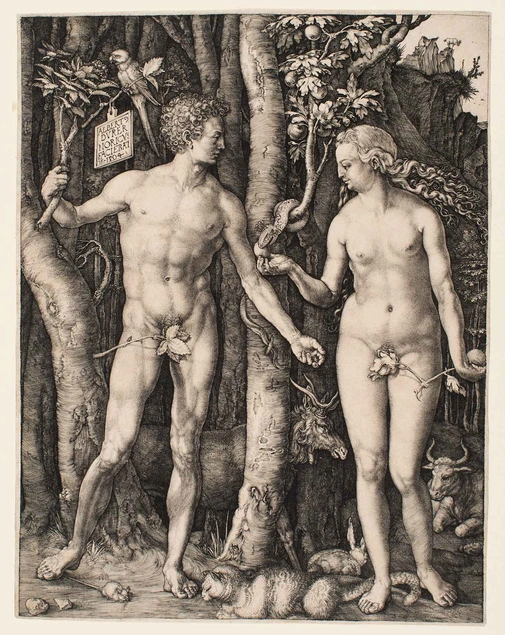Drawn to Paradise: Picturing the Bible from the 16th to the 19th Centuries
Featuring 12 works from The Huntington's permanent collections, along with a number of rare drawings on loan from the J. Paul Getty Museum, this installation explores the profound importance of the biblical Creation narrative in early modern visual culture, as well as the diversity of its depiction.







